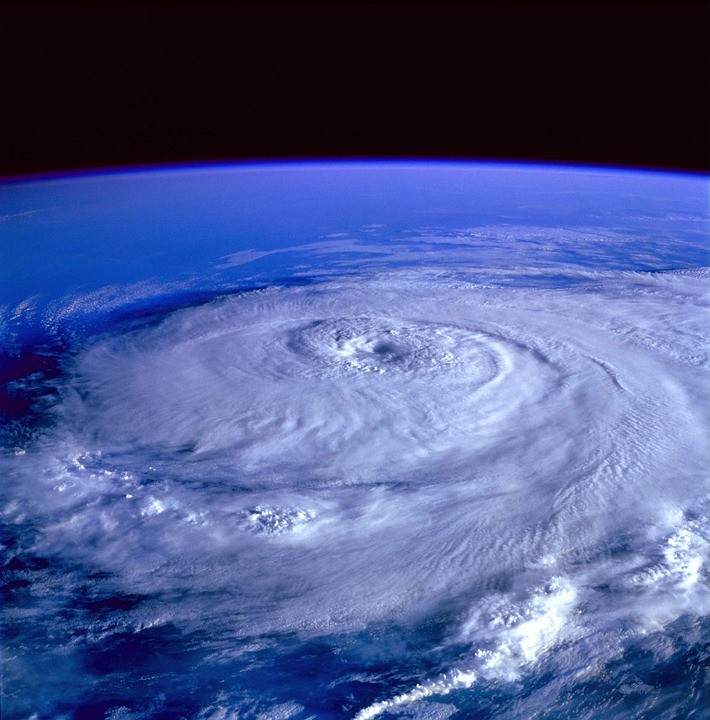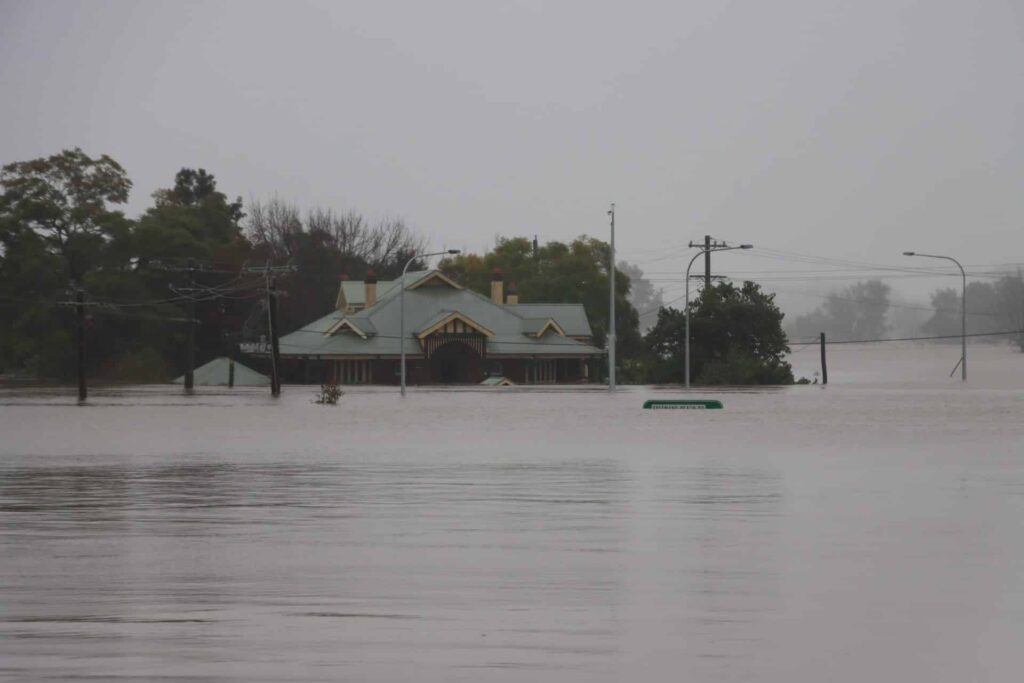5 Things You Need to Document About Hail Damage
Texas home and business owners are not strangers to hail storms and the damage that can come with them. In fact, hail damage statistics for 2023 indicate that Texas had more hail events than any other state by a large margin.
If you are dealing with hail damage after a storm, you may wonder how to maximize your chances of a positive outcome with insurance claims. Gathering the following information is important whether you’re dealing with residential or commercial hail damage in Dallas, Texas.
1. Photographic Evidence of Hail Damage
Capturing evidence of the damage as soon as it is safe to do so is important. Hail can cause severe damage to roofing, siding and other areas of a property or to vehicles and other equipment. Especially in Dallas, where hailstorms occur year-round. However, without evidence of what the damage was like just after a storm, an insurance company may claim that some damage was caused by negligence in addressing immediate concerns. For instance, if hail causes a hole in the roof during a major storm, and water enters the property during that storm, you may need to show that the water came from that one event and not because you didn’t tarp the hole as soon as possible.
You can gather this type of evidence with your smartphone. Take videos and photographs of all the damage caused by hail from different angles and viewpoints when possible. If you are taking a video, you can also describe the damage vocally, providing details such as dates, times, and locations.
2. A Written Description of the Damage
Consider capturing information about the damage in writing. You can write information by hand in a notebook, type it in a word processing document, or capture it in a notes app on your phone. The goal is to record as much information as you can while it is still fresh, as the details may become important later if you have to take legal action to get a claim properly paid by your insurance company.
You can also use the document you create as a working document to keep track of the entire claims process. Consider making notes when you file the claim, each time you talk to anyone at the insurance company, and when you get quotes or estimates for repairing damage caused by hail.
3. Receipts for Temporary Repair Measures
Keep receipts for any temporary measures you take to mitigate or repair the damage. These may be reimbursable later, but even if they aren’t, this type of documentation helps to tell the story of how much damage you were dealing with.
Some receipts you may want to keep include those for tarps and other materials used to temporarily cover holes and leaks in roofs. If hail damage is so bad that you can’t live in your home before repairs are made, keep receipts for expenses related to lodging.
4. Evidence of the Pre-Storm Condition
It may help to have evidence of pre-storm conditions. What did your roof, siding, car, or other property look like before hail damaged it? Photographs and videos can help you prove that the damage didn’t exist before a storm, enhancing your chances of a positive outcome with any claim.
It’s a good idea in general to have photographs of your home and other property to show what type of condition they were in. Consider taking these pictures periodically so you have up-to-date documentation if you end up dealing with storm damage or other issues. For instance, you might take images once a year or each season and keep them in a digital file in case you need them.
You might also consider taking pictures if you know a big storm is potentially coming. For instance, if a tropical storm’s cone of uncertainty falls anywhere near your home or business property, it’s a good time to snap some pictures of current conditions.
5. Information About Weather Reports Demonstrating a Hail Storm
In rare cases, you may even need to prove that hail did actually fall in your location. This is less likely with something like a tropical depression or a major severe thunderstorm event, where many people in an area may experience the same damage. But if your property isn’t near other houses or businesses and you experience an odd hailstorm event, you might need to point to weather reports to back up your claims.
If you’re keeping a log of the event, jot down dates and times regarding the hailstorm so you can look it up later. As you prepare for a major storm, note the news links and pages that reference hail occurrences so you can look them up later. You might also take screenshots of those pages in case you can’t find them at a later date.
Working With a Lawyer on Your Case
Don’t worry if you haven’t done everything listed above and have a claim for storm and hail damage. Anything you document can be good evidence in your case, but if you have insurance coverage for the damage and your provider is engaging in bad faith or failing to pay what is owed under your policy, you have options.
One of them is working with an experienced lawyer in Dallas who can help you navigate your claim and case. If you need help getting your hail damage covered by your insurance company, call Stormlex Law Group at 877-890-6372.
















